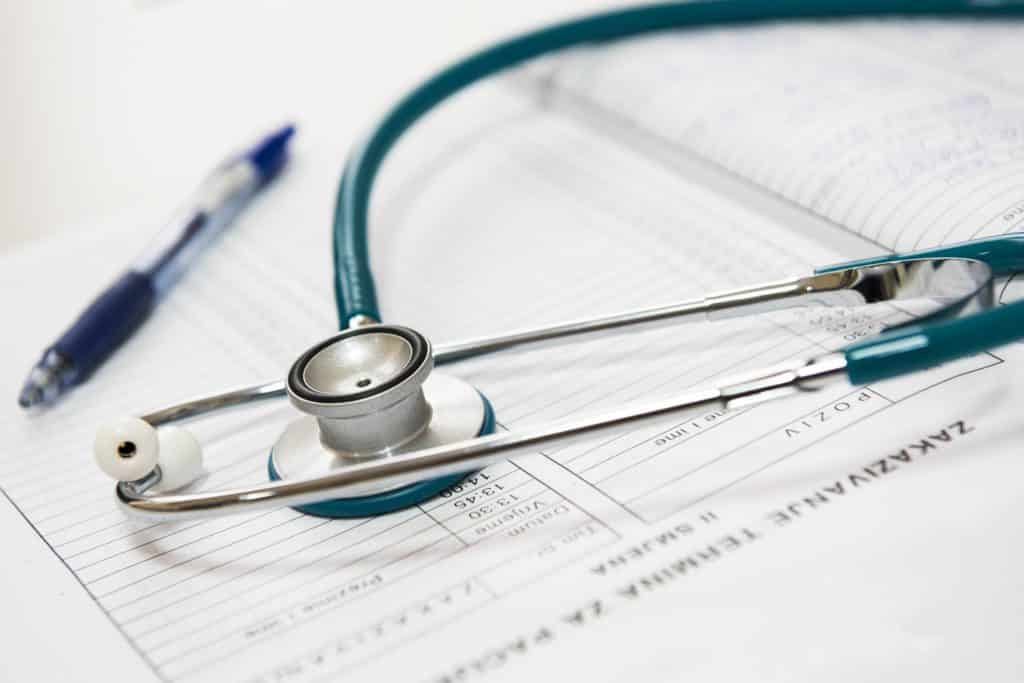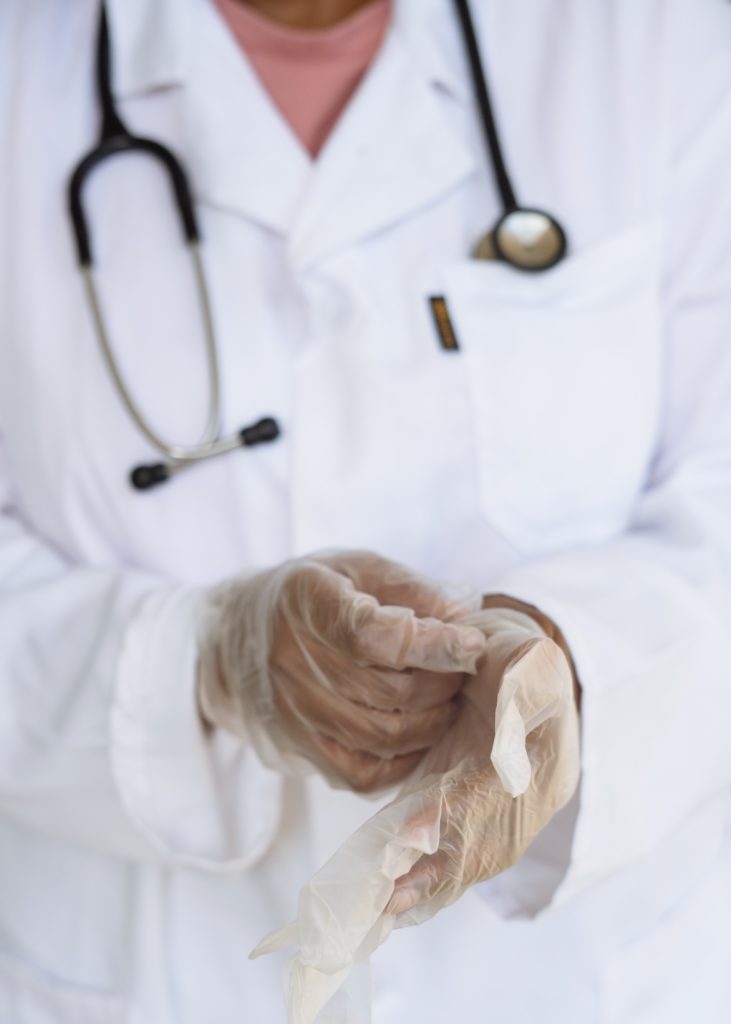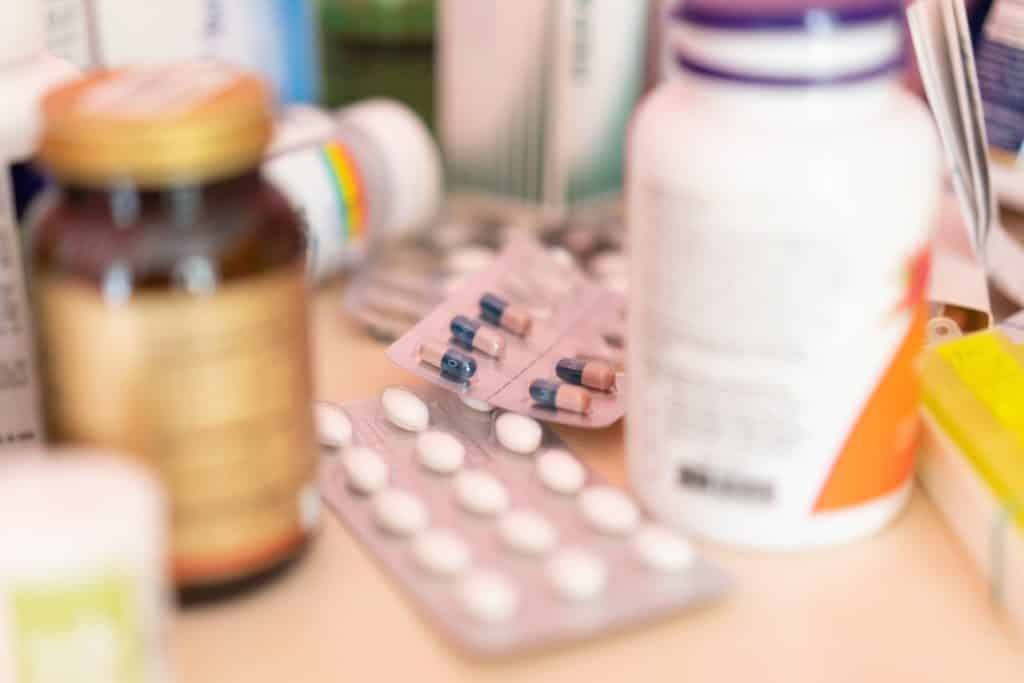High blood pressure is quite normal during pregnancy. In fact, it’s the most common medical problem in pregnancy. Sometimes, this rise in blood pressure remains after childbirth, causing postpartum hypertension.
Immediately after childbirth, blood pressure drops but may tend to rise again in the first five days after delivery. In addition, women with normal blood pressures during pregnancy may also experience brief hypertension in the early days of motherhood.

What is Postpartum Hypertension?
Postpartum hypertension occurs when blood pressure values of 140/90mmHg and above are observed on more than two occasions within a four-hour window after childbirth.
Severe hypertension is defined as a systolic blood pressure of 160 mmHg or more and/or diastolic blood pressure of 110 mmHg or more on 2 or more occasions repeated within a short period of time (minutes).
Causes of Postpartum Hypertension
There is no specific cause of hypertension after pregnancy. But the following may put a woman at risk of having postpartum hypertension:
- High blood pressure during pregnancy : A woman is at risk of postpartum hypertension if she had high blood pressure during pregnancy. High blood pressure before pregnancy also puts a woman at risk of developing hypertension after childbirth.
- Pre-eclampsia: A condition characterized by high blood pressure and the presence of 3proteins in the urine during pregnancy.
- Obesity: Obese women are at a higher risk of developing postpartum hypertension.
- Birth of multiples also puts a woman at risk for postpartum hypertension.
- Diabetes: Having diabetes increases your chances of developing hypertension after childbirth.
What Are The Symptoms?
- High blood pressure of 140/90 mmHg or more
- Proteinuria (excess protein in urine)
- Decreased volume and frequency of urination
- Severe headache
- Pain in the upper abdomen (usually beneath the ribs on the right side)
Management of Postpartum Hypertension
A wider variety of antihypertensive agents are available for managing hypertension after childbirth compared with the antenatal period. This is because the effect of a baby’s presence on his/her mother’s system ends at birth.
Whenever a new mum has a personal or family history of hypertension, reduced levels of blood potassium, and other related conditions, her doctors would have to monitor her blood pressure closely.
The best kind of antihypertensive drug to use after childbirth is one that will:
- Effectively control blood pressure.
- Cause minimal side effects.
- Have no negative effect on babies with breastfeeding mothers.
The following are antihypertensive drugs with no known adverse effects on babies receiving breast milk:
- Labetalol and Atenolol
Both are beta-blockers. Asthmatic women and mothers with a history of heart problems should avoid this drug.

Atenolol requires only a single dose per day, putting it at an advantage over others since it increases compliance in women who find multiple doses difficult.
- Nifedipine
This is a Calcium channel blocker that functions by reducing the diameter of blood vessels. In addition, it doesn’t really seep into breast milk.
With a doctor’s approval, Nifedipine can initially be prescribed at a dose of 10–20 mg twice daily. However, once control is established, the daily dose can be converted to 30-60mg.
Other anti-hypertensive drugs include:
- Enalapril
- Captopril
- Metoprolol

The first-line agent is Atenolol in combination with Nifedipine. Nevertheless, if the mother wishes to breastfeed her baby, diuretics are usually avoided because of the increased thirst it causes. Because of the risk of postnatal depression, sedation, and postural hypotension, Methyldopa should be avoided after childbirth.
In Conclusion
Early detection and management of postpartum hypertension is essential to prevent further complications. In addition to this, hypertensive mothers should follow the doctor’s prescription and advice religiously.
Finally, you should avoid over-the-counter drugs at all times.
REFERENCES
- Marie Smith, Jason Waugh, and Catherine Nelson‐Piercy (2013). “Management of postpartum hypertension.” The Obstetrician & Gynaecologist. Accessed on 3rd October, 2020 from https://doi.org/10.1111/j.1744-4667.2012.00144.x
- James P Rachael and Nelson-Piercy Catherine (2004). “Management of hypertension before, during, and after pregnancy.” Heart. Accessed on 3rd October, 2020 from https://www.ncbi.nlm.nih.gov/pmc/articles/PMC1768605/
- Kathryn J Sharma and Sarah J Kilpatrick (2017). “Postpartum Hypertension: Etiology, Diagnosis, and Management.” Obstetrical and Gynecological Survey. Accessed on 3rd October, 2020 from https://pubmed.ncbi.nlm.nih.gov/28426127/

